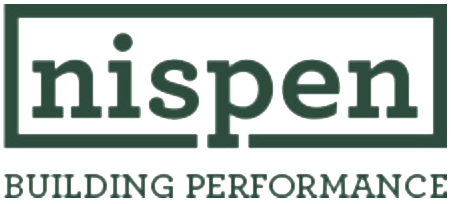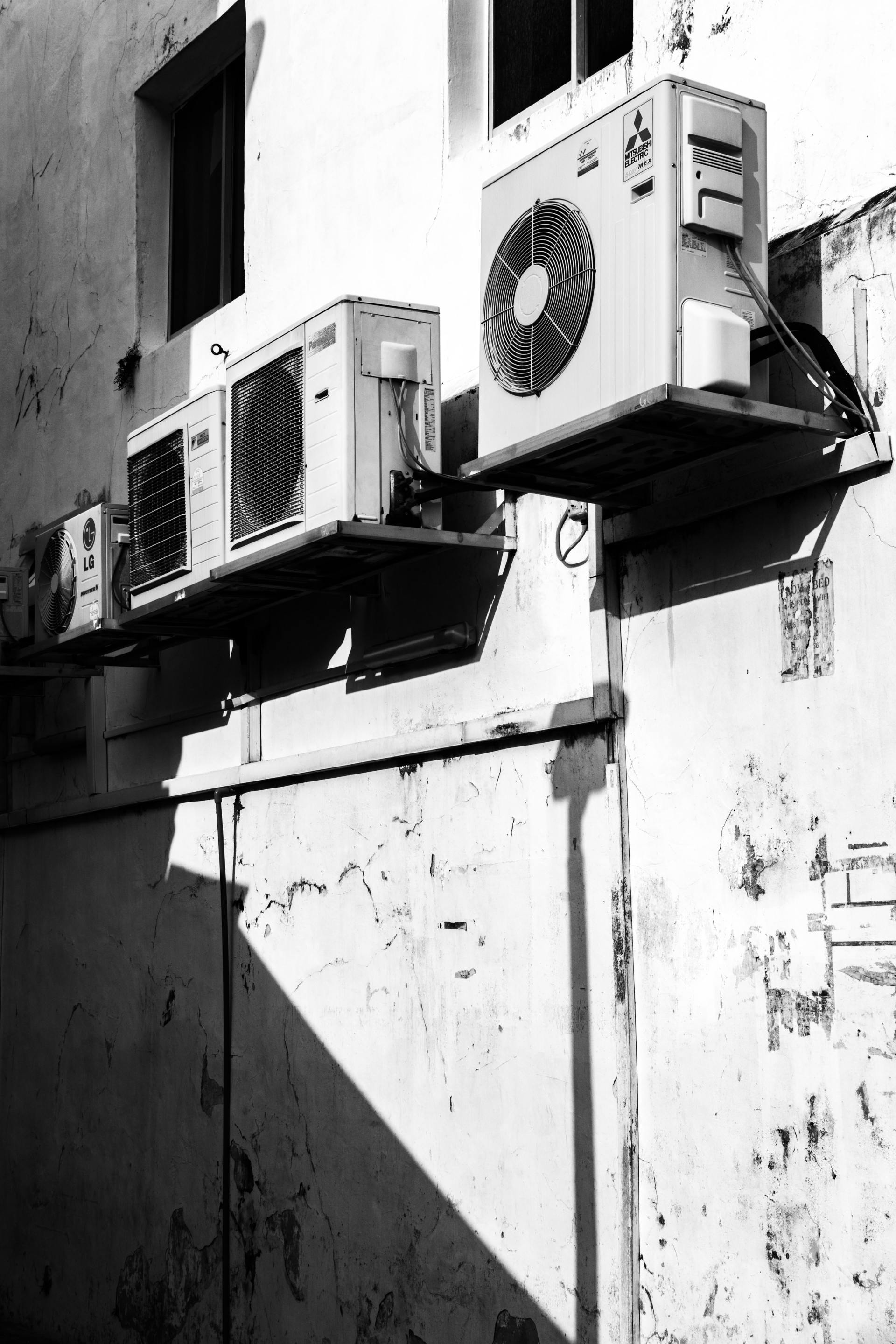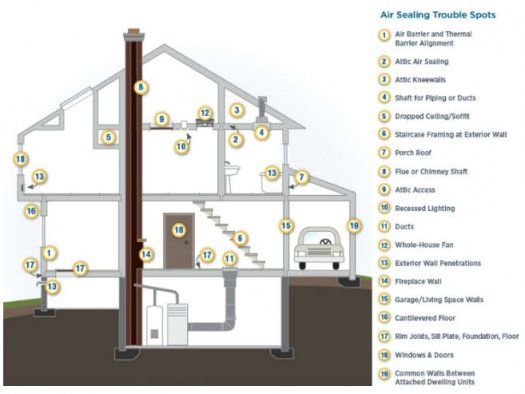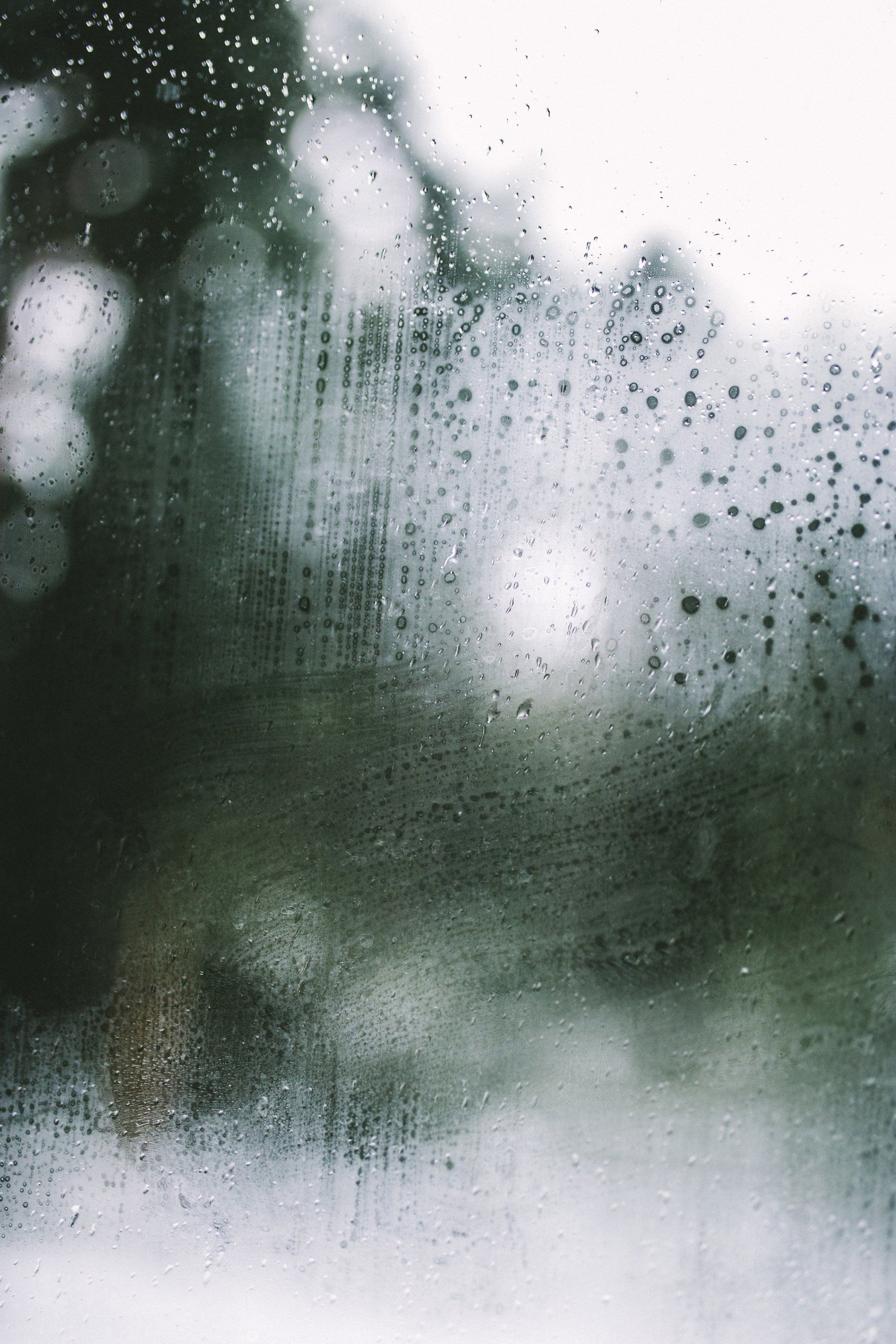About Us
Our Residential Services in Less Than 90 Seconds...
We guide you through the process.
Nispen Building Performance is an experienced and certified Home Performance Contractor. We use the latest techniques and best available tools to improve your home's comfort and energy efficiency. Our technicians will perform a NO COST energy audit. We will guide you through the process, explain what we do, how we do it, and why.
We hope to make your home warmer on a winter night and cooler during the heat of the summer. At the same time, you will notice immediate savings in your wallet, with upwards of thousands of dollars in energy savings.
Energy Audit
Homeowners across Upstate New York depend on Nispen to conduct home energy audits. Our audits will save you money now and for years to come. A Nispen audit technician is trained and certified by the
Building Performance Institute (BPI). Our audit technician will sit with you and listen to your concerns.






